AD | This blog is in partnership with Oxford College of Marketing.
Customers are at the heart of everything marketers do. If you’ve never taken a detailed look at your customer’s experience before, it’s time to dig deep. We’re going to share how to create a customer journey map and the best online course to take if you want to learn more.
What is a customer journey?
A customer journey is a diagram that outlines the process of your ideal customer engaging with the different touchpoints of your brand. From seeing online advertisements to purchasing a product and recommending it to friends, mapping your customer journey will demonstrate how easy it is for someone to interact with your business from start to finish. The easier it is (with fewer touchpoints needed), the more likely they are to return again and again.
What are the benefits of customer journey mapping?
Ultimately, you will want to create customer journey maps to improve customer experience, first and foremost. Although the customer should stay at the centre of this exercise, the benefits of customer journey mapping spread further than just one person. In fact, creating these practical maps can help to refine a target audience, predict consumer behaviour and potentially attract new customers to your easy – yet exciting – journey.
How to create a customer journey map
Can’t fathom how to create a customer journey map? We recommend taking a professional course to help you understand the theory behind customer journey mapping and how it can impact your digital customer experience. Oxford College of Marketing (OXCOM) has an incredible distance-learning course – Certificate in Digital Marketing – which can teach you everything you need to know about the relationship between an organisation and its customer.
You can learn the benefits of customer journey mapping and learn how to monitor, measure and improve digital customer experience within the Online Customer Experience course module. Within the course, you will also cover the fundamentals of digital marketing, digital marketing planning and analytics. So there is plenty to sink your teeth into!
The entire course takes around 50 hours to complete so it’s perfect if you’re looking for something self-paced to complete in your spare time. Plus, at the end of each module, you will gain an official award to add to your CV and strengthen your marketing reputation. It’s a win-win!
You can even choose to purchase the Online Customer Experience module individually if you can’t quite commit to the full course. Check out the Certificate in Digital Marketing course here.
- Set your goal for creating the map – Are you aiming to make your customer journey shorter? More enjoyable? Make sure you understand the why before you start mapping things out.
- Create or reflect on your customer personas – These research-based characters will be life-savers when it comes to envisaging the journey of your customer. Make sure you understand them inside-out!
- Define customer stages and the goals attached – Usually, there are four stages. Awareness: in which a customer first encounters your brand; consideration: when a customer considers a brand, along with its competitors; decision: once the customer has enough information to purchase a product and finally, retention: when the customer repurchases. This part of the customer journey is all about defining how efficiently a customer is able to flow through each stage without a hitch.
- List all your touchpoints – These are all the places a customer is likely to come into contact with a brand; social media channels, email marketing, websites, reviews, advertisements. How many touchpoints do you have? It should be two or fewer per stage.
- Identify customer actions – How do your customers respond to these touchpoints? What are all of the actions they need to take in order to get their desired outcome? This step will help in minimising your touchpoints and ensuring the process is quick and easy for your customers.
- Take the journey yourself – There is no better way to test your customer experience than by doing it yourself! Using your customer personas, track this journey and analyse whether or not your customer’s needs are met.
- Adjust and make any necessary changes – Whether it’s writing longer product descriptions, adding FAQs to your website or cleaning up your call-to-actions, make sure you’re acting on your analysis to improve customer experience. Now that you have your customer journey map to hand, you can come back to it time and time again!
As a marketer, our projects are always a work-in-progress. The important thing is that you’re making small but powerful changes on a regular basis. Not only does this keep your customer feeling satisfied, but it will create a better understanding of your audience – making more room for successful campaigns.
A customer journey might eventually come to an end, but that doesn’t mean our marketing knowledge has to! Remember, if you’re looking to learn more around customer journey mapping (and digital marketing in general!) head to Oxford College of Marketing and enquire about its Certificate in Digital Marketing course.






